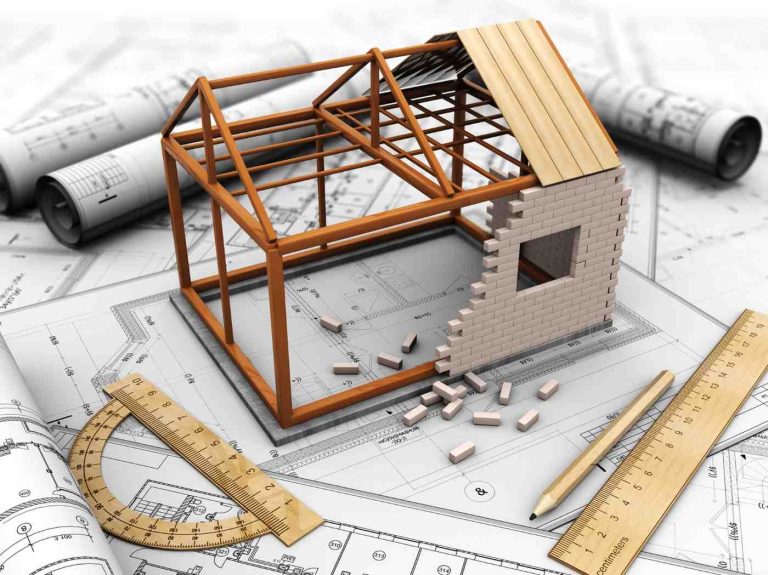Building a home is one of the most significant financial decisions most people will make in their lifetime. But just because it’s a major investment doesn’t mean it has to break the bank. With the right planning, smart material choices, and modern visualization methods, homeowners can save tens of thousands of dollars without compromising quality or design.
The Real Cost of Home Construction
As of 2025, the average cost to build a new single-family home in the U.S. has surpassed $410,000, according to recent industry data. Rising labor rates, supply chain fluctuations, and inflation continue to drive construction prices upward. And that’s before factoring in change orders, delays, or miscommunication between clients and builders.
As Warren Buffett put it, “Price is what you pay. Value is what you get.” To truly save money, homeowners must focus on extracting the most value from every stage of the project.
1. Plan Smarter, Not Harder
Many costly mistakes in home construction come from poor planning or changes made during construction. The earlier you nail down your design, the better.
Order a 3D Visualization to Avoid Expensive Revisions
It makes sense to order a 3D architectural visualization before construction begins. This service allows you to clearly see what your future home will look like and make confident decisions in advance. As a result, you avoid misunderstandings with the contractor and eliminate the need for budget-draining corrections mid-build.
With companies like https://render-vision.com/, homeowners can get realistic renderings of layouts, materials, lighting, and exterior finishes—so the final result matches what they already expect.
2. Choose Cost-Effective Materials
Materials can account for up to 50% of your construction budget, so strategic selection is crucial.
Consider These Budget-Friendly Alternatives:
- Engineered wood instead of solid hardwood
- Metal roofing which lasts longer and reduces long-term costs
- Prefabricated wall panels to speed up construction
- Vinyl flooring that mimics high-end materials at a fraction of the price
Don’t hesitate to ask your contractor about alternative suppliers or recycled materials that offer durability without high cost.
3. Think Energy Efficiency From the Start
It may seem counterintuitive, but spending a little more on insulation, windows, and solar-ready designs can lead to massive savings down the road.
Long-Term Benefits of an Energy-Efficient Design:
- Lower utility bills
- Eligibility for green building tax credits
- Higher property resale value
- Reduced HVAC equipment needs
“A penny saved is a penny earned,” said Benjamin Franklin, and nowhere is that more true than in long-term energy savings.
4. DIY Where It Makes Sense
Labor costs can chew up a large part of your budget. While major structural work should be left to professionals, there are areas where a bit of elbow grease goes a long way.
Tasks You Can DIY:
- Interior painting
- Landscaping
- Installing light fixtures and door hardware
- Basic tiling or backsplash installation
If you’re handy, even tasks like cabinetry assembly or flooring installation could be within reach with a few tutorials and patience.
5. Choose the Right Contractor
The lowest bid isn’t always the cheapest in the long run. Poor-quality work leads to repairs, delays, and often—redoing the job.
What to Look for in a Contractor:
- Transparent cost breakdowns
- Clear timelines and milestones
- Positive reviews from previous clients
- Licensing and insurance
Working with a contractor who’s comfortable using visualization tools and renderings for communication helps avoid miscommunication and wasted materials.
6. Limit Customization
Customization is tempting, but it’s one of the fastest ways to blow your budget. Instead of creating entirely unique solutions, look for pre-designed plans that can be slightly modified.
Using 3D rendering services allows you to visualize how small adjustments to standard layouts will look and function, helping you avoid starting from scratch.
7. Build for Expansion
If you’re working with a tight budget, consider building a smaller footprint with the option to expand later. This strategy helps you move in sooner and spread out construction costs over time.
For example:
- Finish the main living areas now and leave the basement or attic for a future project
- Build a single-story structure with the foundation and roofline prepared for a second story later
This “phased building” approach is especially helpful for young families who expect their space needs to grow over time.
Key Takeaways
Top 7 Strategies to Cut Costs When Building a House:
- Finalize plans early using 3D visualizations
- Choose alternative, affordable materials
- Prioritize energy-efficient designs
- Handle DIY-friendly tasks yourself
- Hire contractors with a reputation for quality
- Minimize custom features and opt for smart modifications
- Build for now, plan for future expansion
The Role of Visualization in Modern Construction
3D architectural visualization services have revolutionized how homeowners approach design and budgeting. They provide a clear, visual representation of the future home, reducing emotional uncertainty and decision fatigue.
That’s not just good for the budget. That’s good for peace of mind. Learn more about this approach https://render-vision.com/.

